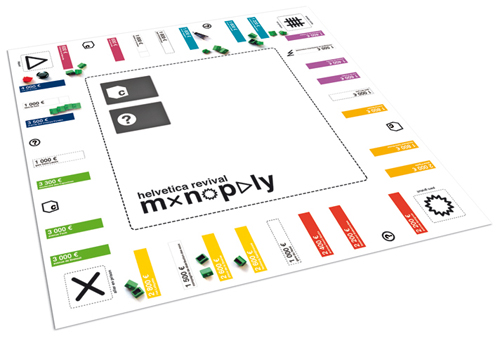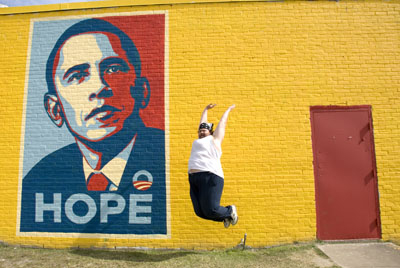Lenore
“But what of Lenore, of Lenore’s hair? Here is hair that is clearly
within and of itself every color—blond and red and jet-black-blue and
honeynut—but which effects an outward optical compromise with
possibility that consists of appearing simply dull brown, save for
brief teasing glimpses out of the corner of one’s eye. . . .
And her eyes. I cannot say what color Lenore Beadsman’s eyes are; I
cannot look at them; they are the sun to me.
They are blue.”
—David Foster Wallace, The Broom of the System, 1987. The ellipses are mine.
HOPE
a chilly discipline
“By early 1956 . . . I could draw a straight line with a steel T
square, for example. I could do simple pasteups and mechanicals. I
could ‘spec’ type and do some primitive lettering. . . . I knew about
repro proofs and photostats and Photo Lettering. I was trusted to black
out cut lines on negative photostats, to cut mats, to ‘gang’ various
small pieces of art for photostats. I managed to keep the job and was
even given a small raise.
But at night in the dark, alone with myself, graphic
design seemed a chilly discipline. It was basically a function of the
intellect, and I was still in the sweaty grip of romance, full of
Hemingway, reading the poems of Garcia Lorca, soaking up James M. Cain,
discovering the drawing of Heinrich Kley, copying George Grosz and
Orozco. I still loved drawing human bodies, hair and teeth and flesh. I
had much less interest in squares, circles, triangles, or the
delicacies of Caslon Bold.”
—Pete Hamill, A Drinking Life: A Memoir, 1994.
Clarendon Bold
“In the agency, I was trying to letter a line of copy in Clarendon Bold
and suddenly Orozco tore across my mind. I sat at the bar in the Caton
Inn with Catherine and imagined hard brown mountains, cactus, distant
volcanoes; bandidos out of The Treasure of the Sierra Madre; pyramids and lost cities; cantinas full of music and tequila and brown-skinned women.”
—Pete Hamill, A Drinking Life: A Memoir, 1994.
I remember the kitchen
“It is the winter of 1939. I remember the kitchen, with its intricately
patterned blue-and-red linoleum floors, and windows that opened into a
garden where an elm tree rose higher than the house. The kitchen light
was beautiful: suffused with a lemony green in summer, dazzling when
winter snow garnished the limbs of the elm tree.”
—Pete Hamill, A Drinking Life: A Memoir, 1994.
pistol pockets
”The gang at our end of the Neighborhood was called the Tigers, most of
them Irish. Their great rivals were the South Brooklyn Boys, most of
them Italian. They all wore variations on the zoot suit, brightly
colored trousers with a three-or-four-inch rise above the belt,
ballooning knees, tight thirteen-inch pegged ankles. The rear pockets
were covered with gun-shaped flaps of a different color, called pistol
pockets; sometimes a bright saddle stitch would run down the seam of
the trouser leg. If the trousers were a bright green, the pistol
pockets, narrow belt, and saddle stitches might all be yellow. Or the
combination would be maroon and gray. Or black and tan. Or purple and
pale blue. The colors and combinations were drastic, radical, personal,
at once an affirmation of their owner’s uniqueness and a calculated
affront to those locked in the gray dark memory of the Depression, the
khaki and navy blue palette of the war, or suit-and-tie respectability.”
—Pete Hamill, A Drinking Life: A Memoir, 1994..
October 30, 2008: The Day in 100 Seconds
helvetica revival monopoly

three new blogs
There are three new blogs on the block. Real blogs, crafted by real people. I know they’re real people, I know them personally: The Art Official, Little Shivers, and Courtney Barr.
from soft rose to flame
“One shelf was wigs, carefully positioned on Styrofoam heads. Blondes,
brunettes, redheads from soft rose to flame. Every style from flower
child to Dolly Parton. A wall of cosmetics: lipstick with all new,
gleaming, fresh tips, standing in rows like large-caliber bullets . . .
blusher, body powders, eyeliner, prefitted fingernails, polish, false
eyelashes. Makeup table with a round padded stool, tiny row of frosted
light bulbs surrounding another mirror, this one three-paneled.”
—Andrew Vachss, Hard Candy, 1989.
